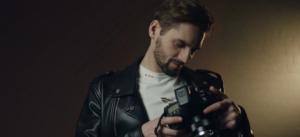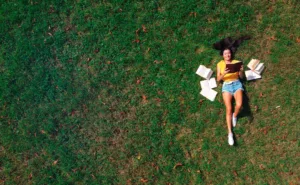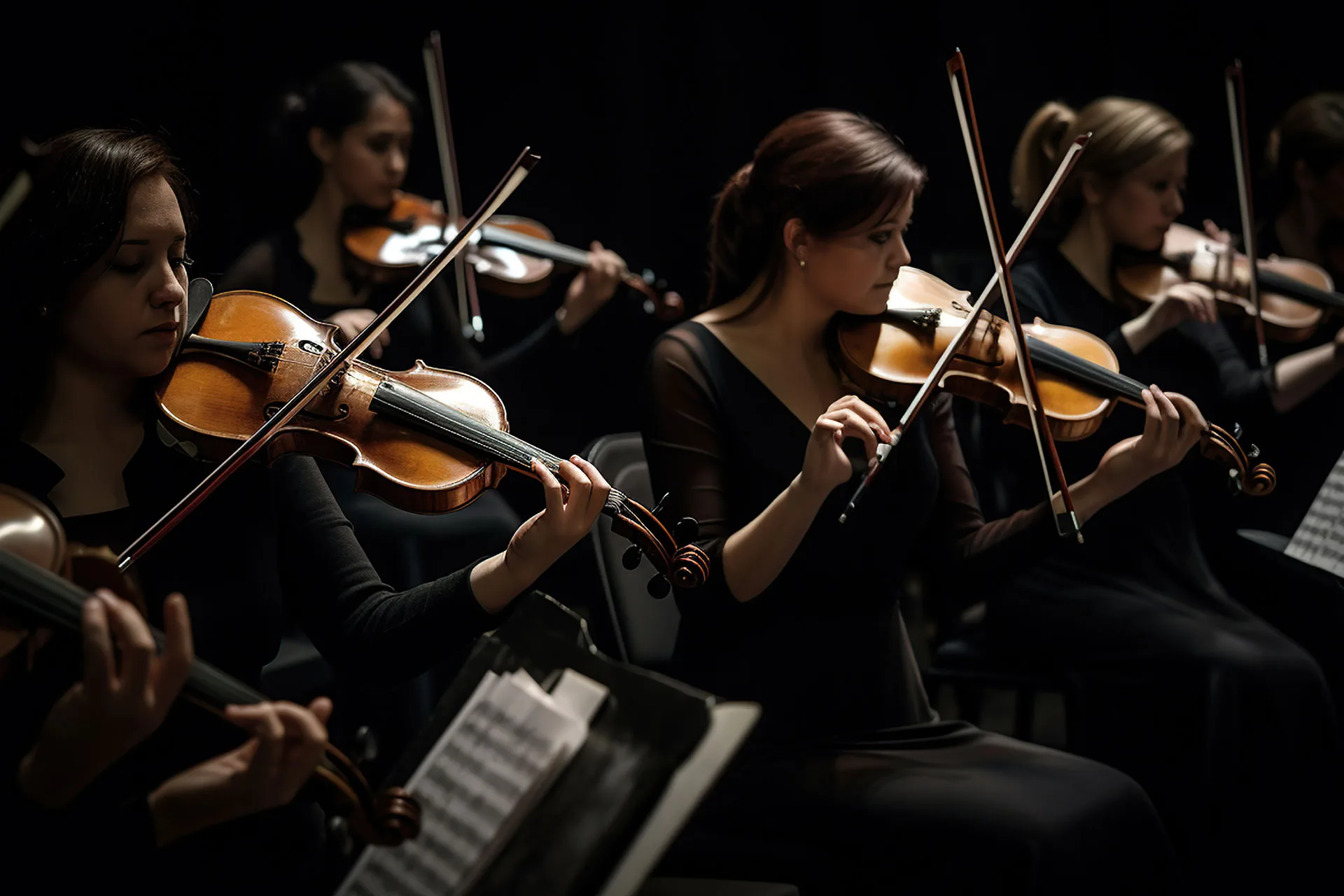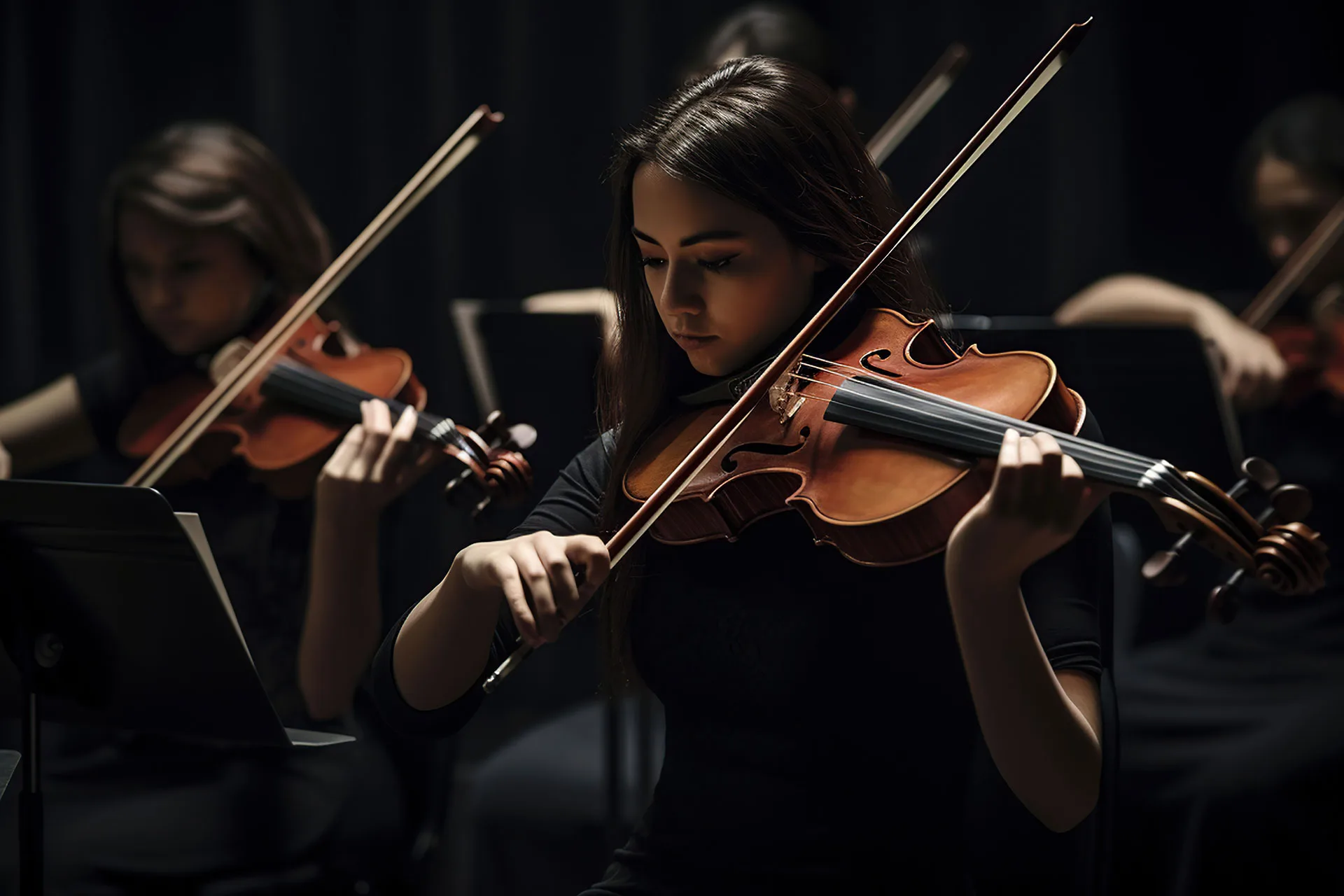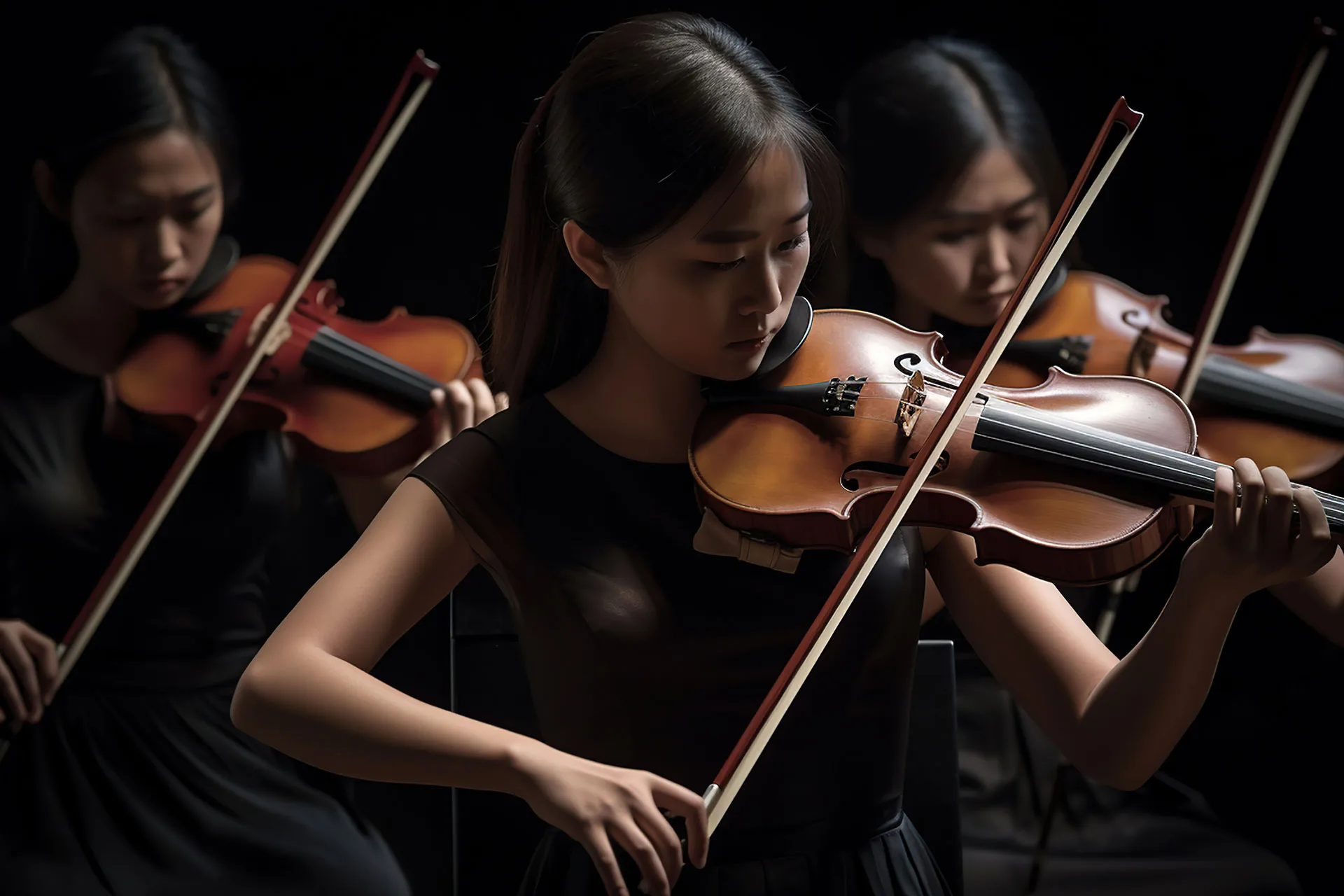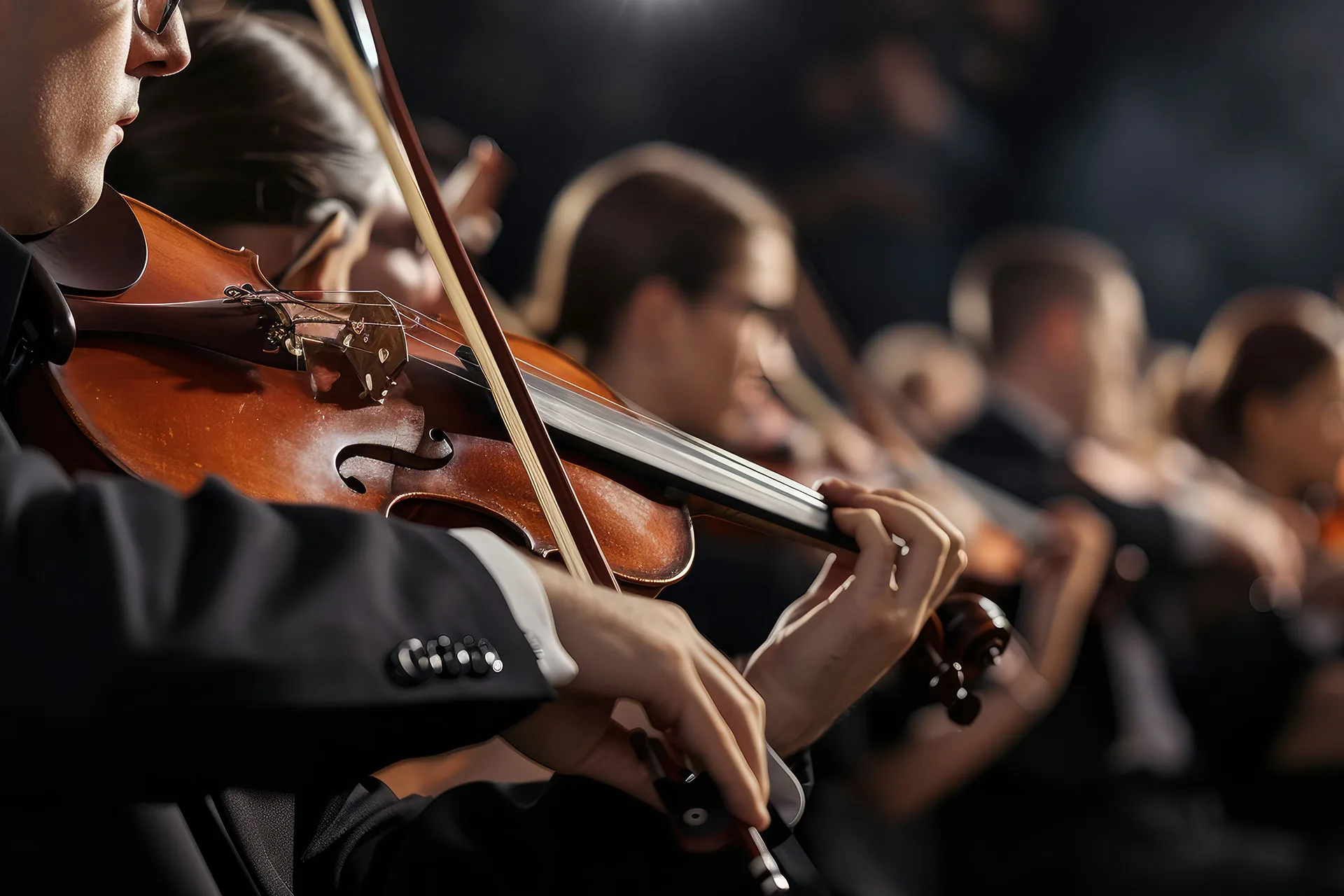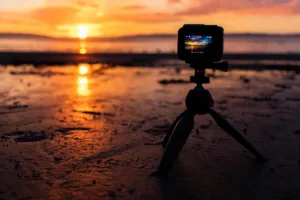30 Public Domain Christmas Songs You Can Use Freely.
The 30 Most Popular Public Domain Christmas Songs
Christmas is a time of joy, traditions, and music that captures the holiday spirit. Many of the most beloved Christmas carols are in the public domain, meaning they can be freely used, shared, and adapted. These songs have stood the test of time, enchanting generations with their heartfelt messages and timeless melodies.
In this article, we’ll explore 30 of the most popular public domain Christmas songs, sharing their histories and what makes them enduring classics.
Contents
What Are Public Domain Christmas Songs?
Public domain Christmas songs are carols or hymns that are no longer protected by copyright, allowing them to be performed, recorded, and distributed without legal restrictions. Most of these songs date back more than a century, ensuring their rich history and cultural significance.
The 30 Most Popular Christmas Public Domain Songs
1. Angels from the Realms of Glory (1867)
Written by James Montgomery, this carol calls on worshippers from all walks of life to rejoice in the birth of Christ. Its majestic melody and profound lyrics make it a staple in Christmas services.
2. Angels We Have Heard on High (1700)
A French-origin carol, it’s known for its soaring “Gloria in excelsis Deo” chorus, celebrating the angelic proclamation of Jesus’s birth.
3. Auld Lang Syne (1711)
Although often associated with New Year’s Eve, this traditional Scottish tune is also sung during the holiday season as a nostalgic farewell to the past year.
4. Away in a Manger (1887)
This tender lullaby reflects on the humble setting of Christ’s birth. It’s one of the most beloved carols among children and families.
5. Bring a Torch, Jeanette Isabella (1553)
A lively French carol, it invites villagers to see the Christ child, combining a sense of urgency with festive excitement.
6. Coventry Carol (Traditional)
Dating back to the 16th century, this haunting carol reflects on the Massacre of the Innocents, offering a poignant moment of reflection amidst the holiday season.
7. Deck the Halls (1800)
With its cheerful “fa-la-la” refrains, this Welsh folk carol is synonymous with holiday decorating and merry gatherings.
8. The First Noel (1833)
This traditional English carol recounts the nativity story, focusing on the angelic announcement of Christ’s birth to shepherds.
9. Gesu Bambino (1917)
Composed by Pietro Yon, this carol blends traditional Christmas themes with a classical melody, creating a serene and moving piece.
10. God Rest You Merry, Gentlemen (1827)
One of the oldest known carols, its message of comfort and joy has made it a holiday favorite for centuries.
11. Go Tell It on the Mountain (1865)
An African-American spiritual, this carol joyfully proclaims the birth of Christ, encouraging believers to share the good news.
12. Good King Wenceslaus (1853)
This carol tells the story of a charitable king who braved harsh winter conditions to help a poor man, embodying the spirit of giving.
13. Hark, the Herald Angels Sing (1840)
Charles Wesley’s lyrics combined with Mendelssohn’s music create a jubilant carol celebrating the birth of the Savior.
14. Here We Come A-Caroling (1850)
Also known as “Here We Come A-Wassailing,” this carol reflects the tradition of singing door-to-door to spread holiday cheer.
15. The Holly and the Ivy (1871)
A traditional English carol, it blends pagan and Christian symbolism, celebrating the Virgin Mary and Jesus’s birth.
16. I Heard the Bells on Christmas Day (1872)
Adapted from a poem by Henry Wadsworth Longfellow, this carol reflects themes of peace and goodwill during a time of personal and national conflict.
17. I Saw Three Ships (1833)
This lighthearted English carol imagines three ships sailing into Bethlehem on Christmas morning.
18. In the Bleak Midwinter (Traditional)
With lyrics by Christina Rossetti, this serene carol paints a vivid picture of the nativity scene amidst a snowy landscape.
19. It Came Upon the Midnight Clear (1850)
Written by Edmund Sears, this carol focuses on the angels’ message of peace and hope for a weary world.
20. Jingle Bells (1857)
Originally a Thanksgiving song, its catchy melody and cheerful lyrics have made it a quintessential Christmas carol.
21. Jolly Old St. Nicholas (1870)
A childlike carol that captures the excitement of writing letters to Santa and awaiting Christmas morning surprises.
22. Joy to the World (1836)
Based on Psalm 98, this triumphant carol celebrates the coming of Christ, offering joy and hope to the world.
23. Lo, How a Rose E’er Blooming (1559)
This German carol likens Christ to a blooming rose, symbolizing hope and purity amidst winter’s cold.
24. O Christmas Tree (1800)
Originating from Germany, this carol praises the evergreen tree for its enduring beauty and symbolism of hope.
25. O Come All Ye Faithful (1751)
Also known as “Adeste Fideles,” this carol invites the faithful to worship Christ with joyous hearts.
26. O Come, O Come, Emmanuel (Traditional)
This Advent hymn reflects the longing for the Messiah, combining haunting beauty with deep theological meaning.
27. O Holy Night (1847)
Adolphe Adam’s powerful carol captures the awe and redemption of Christ’s birth with soaring melodies and profound lyrics.
28. Silent Night (1818)
Composed by Franz Xaver Gruber with lyrics by Joseph Mohr, this serene carol is a universal symbol of Christmas peace.
29. The Twelve Days of Christmas (1500)
This English folk song lists gifts given over the 12 days of Christmas, combining whimsy with tradition.
30. We Wish You a Merry Christmas (1500)
This cheerful carol spreads tidings of joy and good wishes, making it a favorite for carolers.
Why Public Domain Christmas Songs Are Perfect for You
1. Creative Freedom
Public domain songs can be reimagined and adapted without worrying about copyright restrictions, allowing artists to bring their unique touch to these classics.
2. Cost-Effective for Projects
Use these carols freely in films, commercials, or personal projects without incurring licensing fees.
3. Cultural and Historical Significance
These songs connect us to centuries-old traditions, preserving the rich history of Christmas celebrations.
Conclusion
These 30 popular public domain Christmas songs capture the spirit of the holidays, offering joy, reflection, and inspiration. Whether you’re a musician, filmmaker, or holiday enthusiast, these timeless classics are perfect for your celebrations and creative projects.
FAQs
What are public domain Christmas songs?
Public domain Christmas songs are carols or hymns no longer under copyright protection, allowing free use and adaptation.
Can I sell my recordings of public domain carols?
Yes, you can freely record and sell your versions of public domain songs.
Where can I find public domain Christmas sheet music?
Websites like IMSLP and Project Gutenberg offer free access to public domain sheet music.
Why are public domain songs popular for holiday projects?
Their timeless appeal and free usage rights make them ideal for cost-effective holiday productions.






